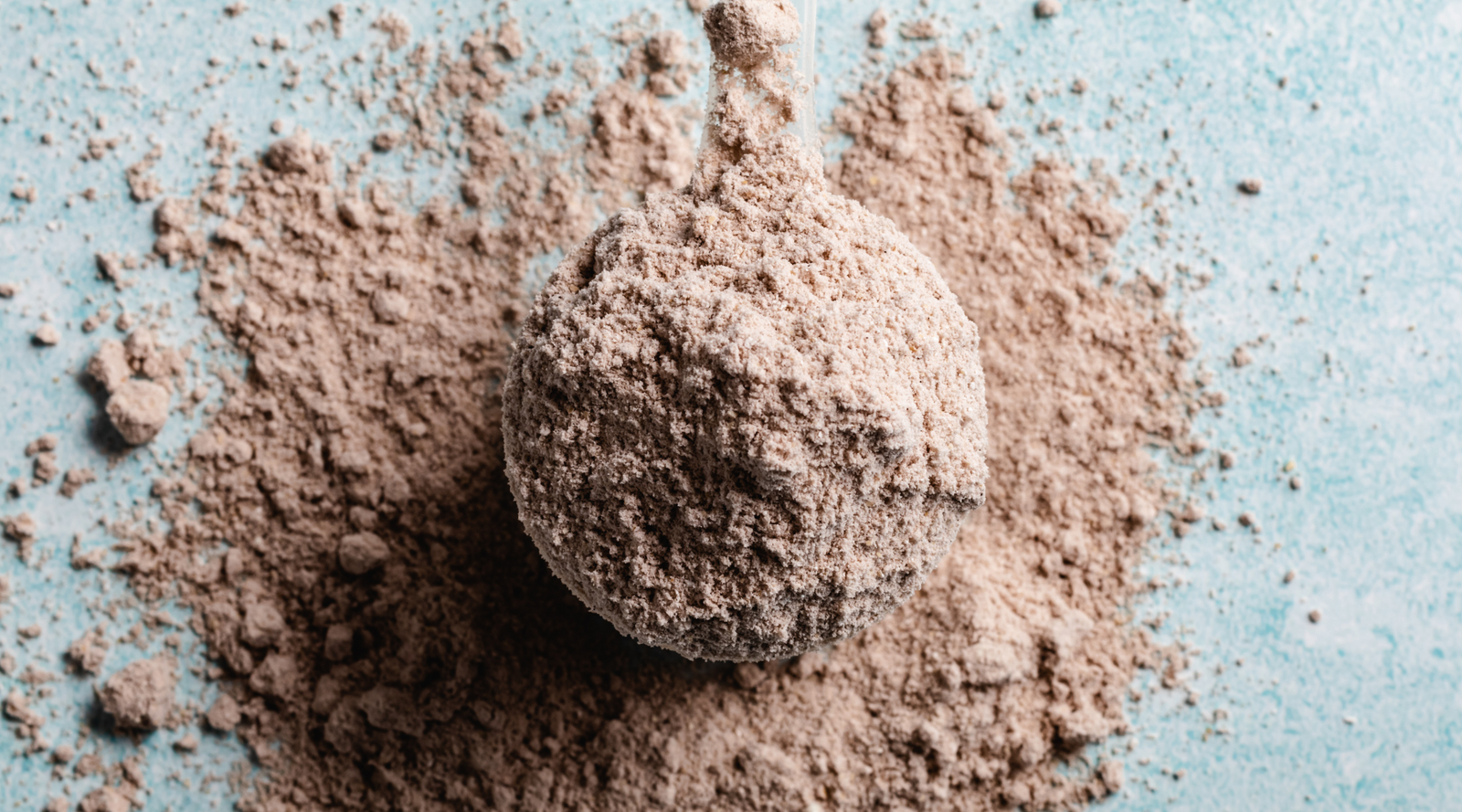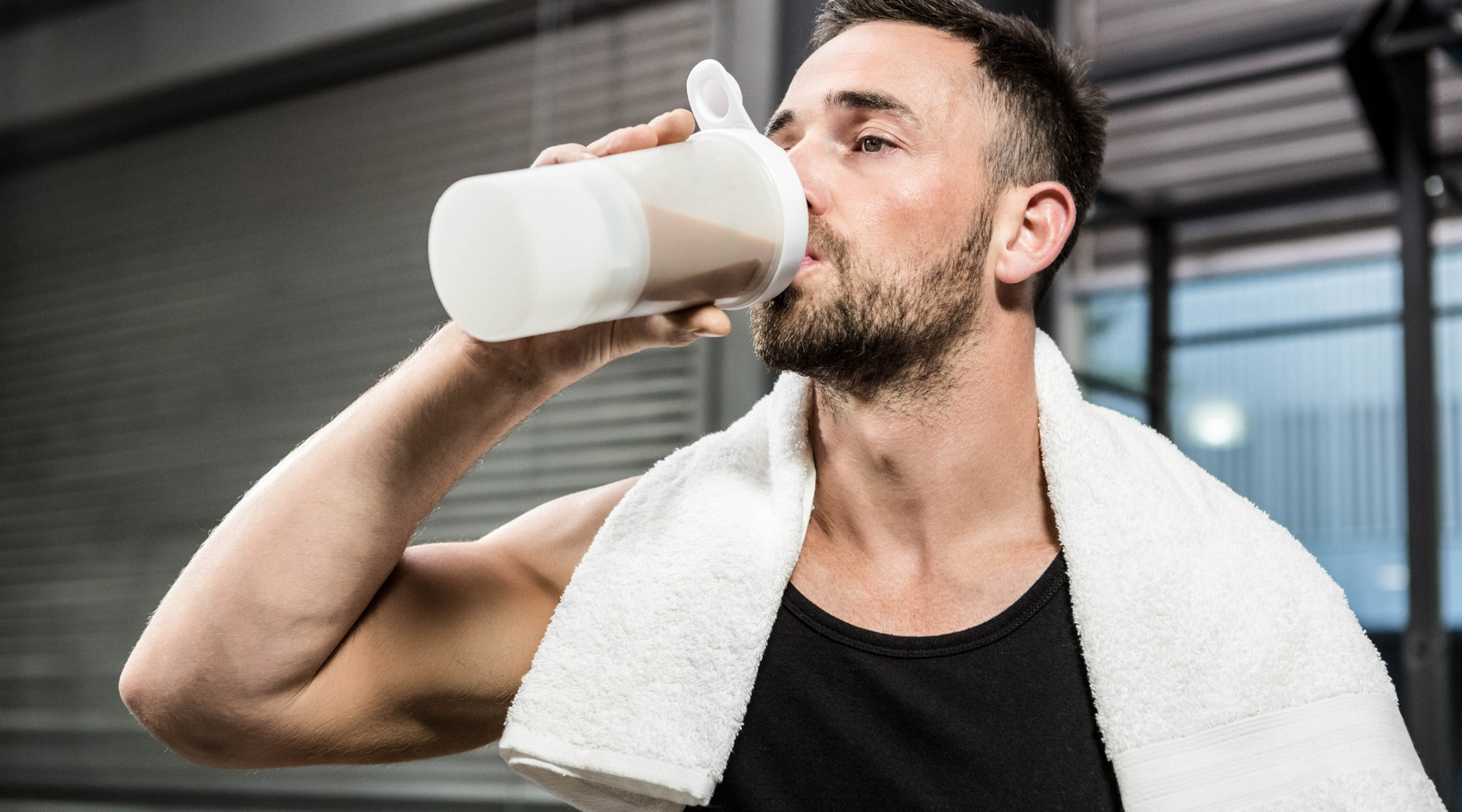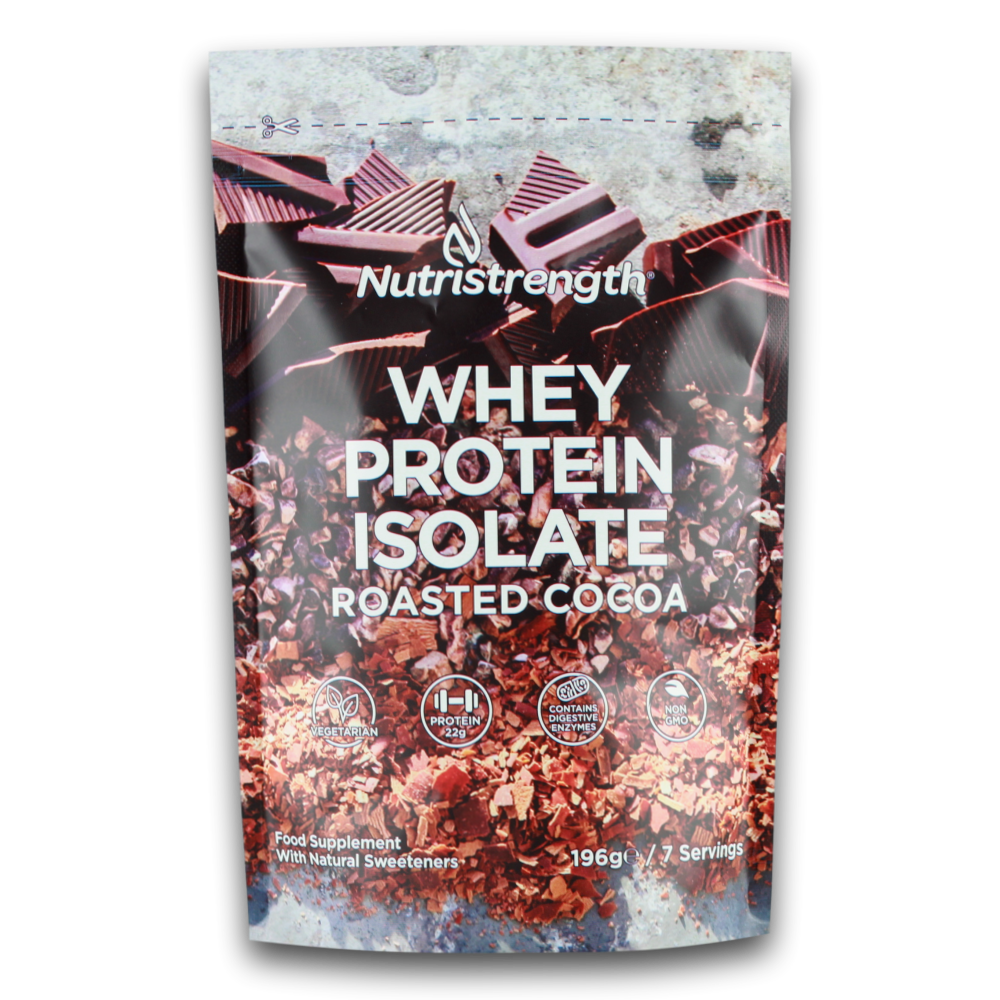People have been using protein powder supplements as part of their active lifestyles for years. Protein contributes to the growth and maintenance of muscle mass, so it has a reputation of being used by bodybuilders and gym-goers, especially in recent years, concurrently we’ve seen a rise in people supplementing their diet with protein to reach the recommended levels. This has included using it in protein recipes and as part of their daily routine.
However, not everyone has such a happy relationship with whey protein. It’s estimated that 5% of the British population suffer from lactose intolerance, meaning that they struggle to digest lactose, which can lead to a difficulty in digesting whey protein.
What is lactose?
Lactose is a sugar found in milk. Lactose intolerance occurs when a person cannot absorb lactose in the gastrointestinal tract, usually as a result of their body lacking the enzyme lactase, which breaks the lactose down to be absorbed by the body.
Lactose intolerance symptoms
If the lactose is not absorbed, it passes through to the colon and this is where many people find the symptoms of lactose intolerance:
- Bloating
- Stomach pains
- Diarrhoea
- Wind
- Sickness
While lactose intolerance is very different to having a milk allergy, which can be much more serious, it can be uncomfortable and upsetting, especially if it prevents you from doing things you want to do.
If you think you might have an intolerance to milk or lactose, always consult your doctor where they can run tests and may refer you to a dietician to make sure you can get the nutrients you need for a healthy lifestyle.
Lactose intolerance diet
Being lactose intolerant doesn’t mean you have to stop using a protein supplement. For those that need to avoid dairy completely, pea protein is vegan-friendly, dairy-free whey protein alternative.
Pea protein is made from yellow-split peas and contains 21g to 24g protein per serving, a similar content to that of standard whey protein.
Pea protein can be used in a variety of vegan and dairy-free recipes to include as part of your typical diet, such as Vegan Pizza or Vegan Doughnuts!
Because Pea Protein comes in powder form, many people find it easy to switch from whey to pea protein as they use it just as they would have done with the protein powders they used before. Whether your preference is mixing it into recipes or simply adding it to water or a plant-based milk, pea protein can very easily be incorporated into your diet. For some people, pea protein does have a more powerful flavour but Nutristrength has gone through vigorous taste testing to reach a “far more natural tasting protein” that “tastes glorious” without the “bloat”, according to our customers.
Casein and A1 milk
You don’t have to be lactose intolerant to find that you struggle to digest whey protein or milk. Even if you just find that you feel a bit bloated after your protein shake, it may be worth testing different protein powders.
Whey protein isolate, which has an 80-90% protein yield, has a low lactose content that some people find they can digest better than whey protein concentrate. However, some people find that it is the cow’s milk that they have difficulty with. If you have no problems with dairy in general, and find some dairy products cause less discomfort than others, it may be the casein structure that makes whey protein difficult for you to digest. As with all dietary conditions, it is always recommended that you seek professional medical advice should you have any concerns, however, if you struggle to digest whey protein more than some other dairy products, Goat and Sheep Whey Protein may be worth trying instead.
Both goat and sheep milks have different casein structures and contents of alpha S1 and S2 caseins than the traditional cow’s milk, especially with Northern European breeds of cows. The fat globules in goat and sheep’s milk are also smaller than that of cow’s milk, which is another reason that many people find it easier to digest. Caprine fat globules typically range from 0.73 and 8.58 microns in diameter whereas bovine fat globules are anything from 0.92 to 15.75 microns.
The last thing you want after reaching a personal best in the gym or your sport of choice is to feel bloated or uncomfortable from your protein powder – exercise is there to make us feel great and energised. You can read more about goat and sheep whey in our What is Goat and Sheep Whey Protein article.
So what protein is right for me?
It all comes down to personal preference. There is no right or wrong protein supplement, lifestyle nutrition is aimed to supplement your lifestyle, so it’s important to find what works for you. For many people, this comes down to testing and trial and error. It can take a lot of time, effort, disappointment and money to try out different protein powders until you reach one that works best for you. That’s why we’ve developed our Protein Taster Box to help our customers find the mix that’s right for them, whether that’s flavour, lactose or protein type.
What is important to remember is that everyone is different and unique, so what works for your best friend or training partner may not be right for you. It can take years to realise that you struggle to digest cow’s milk-based whey protein, but once you find the right solution, it can completely transform your lifestyle and help you reach your goals.
Have you struggled with traditional whey protein in the past? We’d love to hear your stories, share them with us on the Nutristrength Twitter and Facebook pages.
This article was produced with the help of Research Scientist Rahmat Attaie Ph.D. of Prairie View A&M University. He was the co-author of the paper “Size distribution of fat globules in goat milk”, which investigated milk from French-Alpine Goats and Holstein cows.






